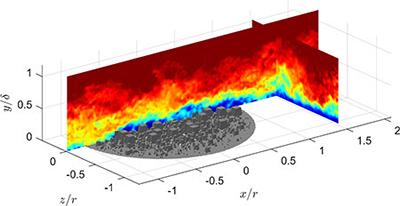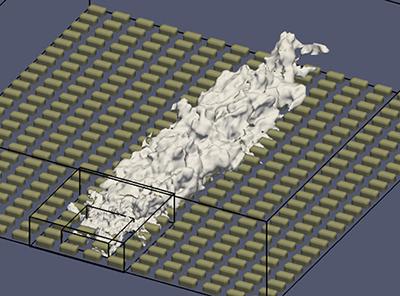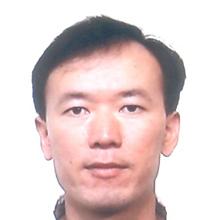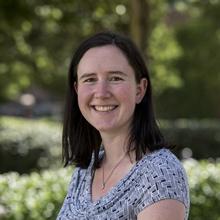Modelling gases: Our research is improving the urban environment

Key details of this case study:
Summary: Our research is improving our understanding of turbulent dispersion of toxic gases in the urban environment and aiding development of operational models, using large-eddy simulation.
Status: Ongoing
Key staff: Dr Zhengtong Xie and Dr Christina Vanderwel (AACE, AFM)

In order to support sustainable urban development, this fundamental research studies the impact of increased urbanisation on urban meteorology and air quality.
Explore this case study:
The challenge
Smoke or poisonous gases from industrial accidents within, or near, urban areas pose risks to health and widespread disruption to businesses, public services and residents.
Southampton has been identified as one of the most polluted cities in the UK. The challenge for the University of Southampton and Southampton City Council and has been to take the best action in response to this and improve air quality.
Little is understood about street scale winds and predictions are beyond the capability of current operational weather forecasts, because they are significantly affected by the disparately placed buildings and complex terrain.
Predicting pollutant concentration less than 1 km from the source, or within street scale, is not possible using current air quality models.
What we did
Current operational models are unreliable in modelling dispersion from localised sources within 1km from the source, where the threat to human health is greatest, because our understanding and ability to model short-range dispersion processes is limited.
Our researchers employed both numerical and experimental approaches to try and better study dispersion in Southampton City. We used computer models such as Large-eddy Simulations (LES) to model the flow around different building layouts in order to predict the path of a dispersing pollutant.
In the laboratory, we used scale models of urban neighbourhoods placed in our wind tunnels, or water tunnels, and laser-based diagnostic tools to measure the flow and dispersion near the ground.
This research has been funded by the Engineering and Physical Sciences Research Council (EPSRC).
Our impact
The research involved in this project has improved our understanding of turbulent dispersion and aided development of operational models.
By bridging the gaps in fundamental knowledge and understanding of key dispersion processes, we have enabled these processes to be parametrized for use in operational models, and implemented them into an operational model to evaluate improvement.
The data we have generated and the techniques we have developed have been used by Defence, Science and Technology Laboratory(dstl), which has in turn offered two PhD studentships at the University of Southampton to continue this research.
The techniques developed by our researchers were disseminated through the UK Wind Engineering Society and the UK Urban Fluid Mechanics Special Interest Group.
The facilities we used
We used the following facilities within the University - Wind tunnels and the Towing Tank.
Find out more about the Engineering and Environment Faculty's many world class facilities.
Partners we worked with
We worked closely with our external partner RWDI.
Related media


Related Staff Member
Related Staff Member
The following PhD students also played key roles in this research:
- Vincenzo Sessa
- Matthew Coburn
- Thorsten Wittemeier
Links to external websites
- DIPLOS - Dispersion of Localised Releases in a Street Network
- UK Government's Defence, Science and Technology Laboratory
- UK Wind Engineering Society
- UK Urban Fluid Mechanics Special Interest Group
The University cannot accept responsibility for external websites.
Other University of Southampton sites
You might also be interested in
Aerodynamics and Flight Mechanics Research Group
Discover more about our related research group, dedicated to leading-edge research in fundamental fluid dynamics, computational aeroacoustics, applied aerodynamics and flight dynamics.
Other Sustainable Cities case studies
Learn more about the research we are undertaking in this area.
Postgraduate Opportunities
Explore our postgraduate research degrees.
Media Enquiries
Make a media enquiry about this case study

